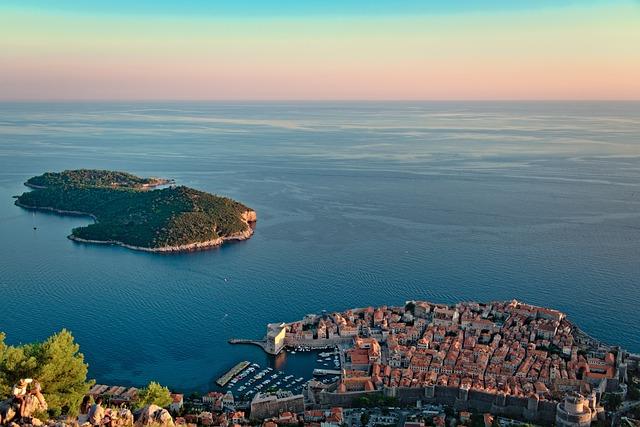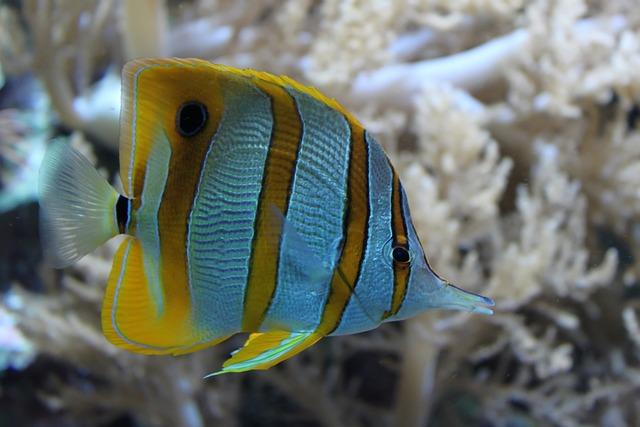- Introduction
- The Importance of Mediterranean Corals
- Threats Facing Mediterranean Corals
- Methods of Coral Restoration in the Mediterranean
- Current Projects and Their Successes
- Conclusion
- FAQs
- References
Introduction
The Mediterranean Sea is home to numerous valuable ecosystems, including the vital coral reefs that play a crucial role in marine biodiversity. However, like many marine environments globally, Mediterranean corals face significant threats. In this post, we will explore the importance of these coral systems, the imminent dangers they face, and the techniques and efforts underway to restore and ensure their survival.
We'll first cover why Mediterranean corals are so important and the ecological role they play in the underwater ecosystem. Next, we will dive into the multiple threats endangering these coral habitats—both natural and human-induced. After that, we'll discuss various methods involved in coral restoration throughout the Mediterranean region as well as some current projects that have shown measurable success. Finally, we'll conclude with frequently asked questions on the topic and provide further reading resources for those who want to learn more.
The Importance of Mediterranean Corals

(Image: Pixabay/@sampaio_rafael)
The coral species found in the Mediterranean Sea, such as *Corallium rubrum* (commonly known as red coral) and gorgonians, are keystone species in their underwater environment. These corals create physical structures that serve as habitats for various forms of life, from small fish to microorganisms that dwell in the nooks created by coral skeletons.
Unlike tropical corals, which are known for creating large, colorful reefs, Mediterranean corals tend to form smaller colonies but are no less important to the local marine ecosystem. These corals provide shelter and contribute to the diversity of species that call the Mediterranean Sea home.
Not only do these corals benefit the marine ecosystem, but they also hold cultural and economic importance. Red coral, for instance, has been harvested for jewelry and ornamentation for thousands of years. While the practice continues today, it does so under more sustainable guidelines due to the diminishing coral populations.
The loss of Mediterranean corals doesn’t just spell disaster for marine life; it would have broader implications on commercial industries such as fishing and tourism. As coral health declines, so too does the quality of the underwater environments that draw millions of tourists each year for activities like snorkeling and diving.
Threats Facing Mediterranean Corals

(Image: Pixabay/@cocoparisienne)
The fragile nature of Mediterranean corals makes them highly susceptible to multiple threats. These threats are typically divided into two categories: human-caused and natural.
Human-Related Threats: One of the most significant human-related impacts is climate change. Rising sea temperatures stress coral species, leading to a phenomenon called coral bleaching, wherein the symbiotic algae living within corals are expelled, leaving the coral to starve and eventually die. The Mediterranean Sea has been warming at an alarming rate, intensifying the frequency of coral bleaching events.
Other anthropogenic threats include overfishing, coastal development, and pollution—particularly plastic waste—which all contribute to the degradation of coral environments. Furthermore, the historic practice of trawling (dragging nets along the seabed) has physically damaged coral beds, although regulations are now in place to limit such harmful practices.
Natural Threats: Natural threats to Mediterranean corals include diseases, predation by organisms such as crown-of-thorns starfish, and disruptive storms which can physically break or bury coral structures. While these threats are part of the natural cycle, their impact is exacerbated by human behaviors influencing the resilience of coral ecosystems.
Increased acidity in Mediterranean waters due to carbon dioxide absorption further complicates the ability of coral reefs to rebuild after damage occurs. Ocean acidification reduces the availability of calcium carbonate, which corals need to build their skeleton structures, effectively weakening existing coral colonies.
Methods of Coral Restoration in the Mediterranean

(Image: Pixabay/@Surprising_SnapShots)
Coral restoration in the Mediterranean follows established practices used globally but also has adaptations specific to the region. Largely, these methods aim to mimic natural processes that encourage coral growth and encourage the repopulation of degraded reefs.
Several key techniques currently being employed include:
Cultivation and Transplantation of Coral Fragments: Scientists collect healthy coral fragments from stable populations and cultivate them in coral nurseries. These coral "babies" are allowed to grow in controlled conditions for months, sometimes years before being reintroduced to damaged reefs. Notably, coral cultivation often takes place both in laboratories and underwater nurseries specifically designed for the fragile Mediterranean environment.
Substrate Stabilization: Coral reefs thrive when they attach themselves to a solid substrate. Some restoration practices involve placing structures made of limestone or other materials along the ocean floor to encourage coral larvae to settle, which initiates the process of rebuilding coral reefs.
Assisted Reproduction Techniques: Coral fertilization is another method used to trigger the regrowth of corals. By simulating the complex process of coral spawning, scientists can increase reproduction rates, introducing more larvae into the ecosystem through targeted seeding processes.
Community Engagement and Regulatory Support: Restoring Mediterranean coral habitats requires wide-scale public and governmental engagement. Many projects work closely with fishing communities to gain support for reduced fishing zones around vulnerable coral areas. Research institutions and non-profit organizations collaborate with lawmakers to ensure legal frameworks protect coral populations.
Current Projects and Their Successes

(Image: Pixabay/@gypsumpartition)
Over the last decade, there’s been an increasing effort to restore Mediterranean coral habitats. Here, we highlight a few notable campaigns.
Tavolara Marine Protected Area (Italy): This project, led by local Italian conservationists, aims to restore sections of the coral beds in the Mediterranean off Sardinia. The project has successfully restored dozens of square meters of seafloor by transplanting healthy coral fragments cultivated in nearby underwater nurseries.
BlueMed Initiative: BlueMed is a coordinated research initiative funded by the European Commission that brings together marine researchers, governments, and NGOs. The project prioritizes coral restoration among other major environmental targets. Through collaborative efforts, it continues to promote sustainable practices that foster healthy marine biomes.
Red Coral Harvesting Regulations: In Spain and Italy, strict regulations on red coral harvesting have contributed to bolstered populations. Legal limits on the quantity and size of coral fragments collected, as well as restrictions on when harvesting may occur, have given coral colonies space to recover from unsustainable historical levels of exploitation.
These successes demonstrate that with proper planning and concerted efforts, coral restoration projects in the Mediterranean can yield measurable, impactful results. Nonetheless, the task of saving these critical ecosystems remains a long-term challenge owing to climate pressures, requiring ongoing scientific innovation and financial support.
Conclusion
The restoration of Mediterranean corals is vital for maintaining marine biodiversity, preserving traditional industries, and ensuring the future health of Mediterranean ecosystems. Despite the challenges posed by climate change, coastal development, and other human-caused stresses, coral restoration efforts across the region are making strides toward protecting these threatened ecosystems.
Through innovative methods like coral nurseries, assisted reproduction, and increased legal protections, we’ve seen tremendous advancements in coral health. Still, there is much work yet to be done. The continued success of Mediterranean coral restoration will hinge upon not just local projects, but also coordinated international efforts that prioritize high-level policy changes and environmentally-conscious community engagement.
FAQs
Why are Mediterranean corals important?
Mediterranean corals are essential for marine biodiversity, providing habitats for various species. They are also culturally and economically valuable, particularly the red coral used in jewelry making.
What are the key threats to Mediterranean corals?
The key threats include climate change, overfishing, pollution, ocean acidification, and occasionally damaging fishing practices like trawling. Natural threats include storms and predators like crown-of-thorns starfish.
How do coral nurseries help in restoration efforts?
Coral nurseries provide a controlled environment where young corals can grow safely before they are transplanted back into the ocean, which helps restore degraded coral habitats.
Are there any successful projects in the Mediterranean?
Yes, several projects have been successful, including the Tavolara Marine Protected Area in Italy and the regulatory efforts in Spain and Italy over red coral harvesting.

